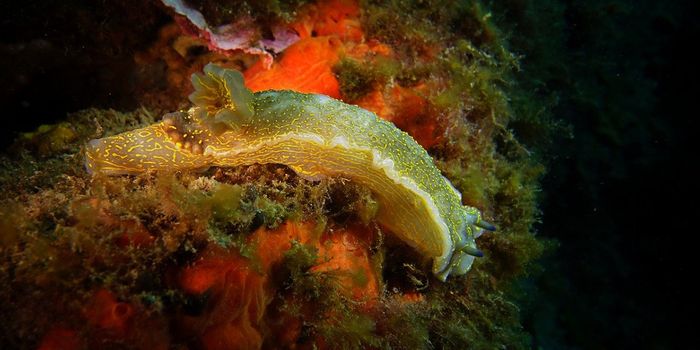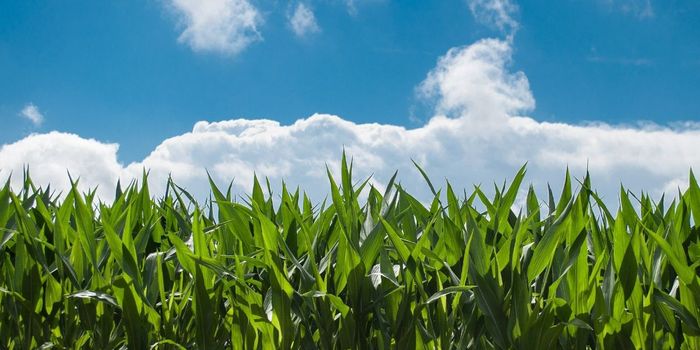About 200 million years ago, there were plenty of plant eating dinosaurs roaming the Earth, but none in warm tropical areas. There were many theories about why these herbivores were not in certain areas, but a new study may have found the answer. A team of researchers from several countries worked together at Ghost Ranch in New Mexico to examine fossils and their results pointed to a climate that was inhospitable to plant growth. While some dinosaurs did cross the equator and migrate through it, the herbivores did not stick around because the food supply could not sustain them.
The weather in this region could change rapidly from cool and humid to blazing arid heat. When temperatures spiked and the air was dry there were often wildfires which could decimate entire regions. Food that might have begun to grow during a cooler period would be wiped out when the climate turned dry and hot. The analysis of the carbon content in the fossils, as well as charcoal residue also provided data for the study. The research team was able to estimate that carbon dioxide levels were at least four and as much as six times higher than they are now. The study authors warn that if carbon dioxide levels continue to rise in areas where food is grown today, a similar situation could occur.
The study was published in the June issue of the Proceedings of the National Academy of Sciences








